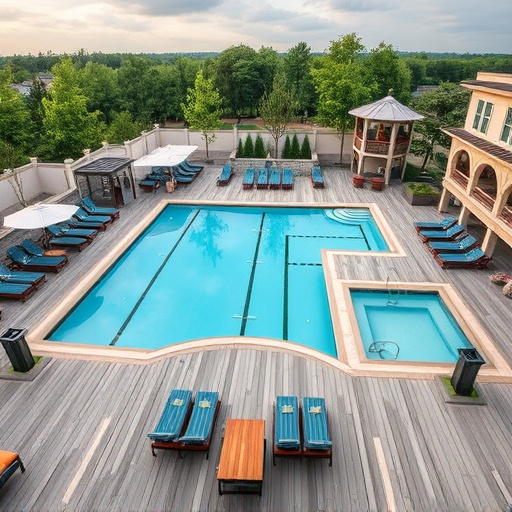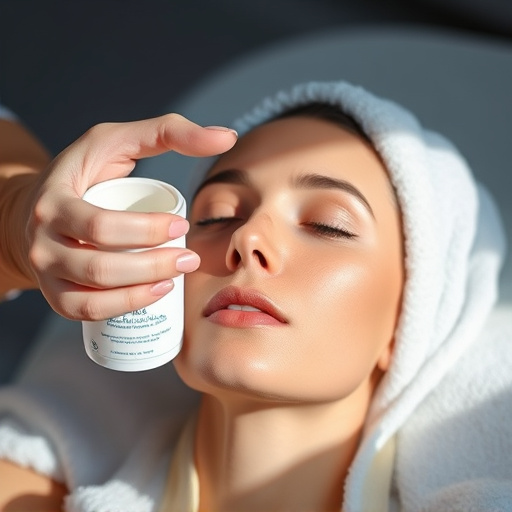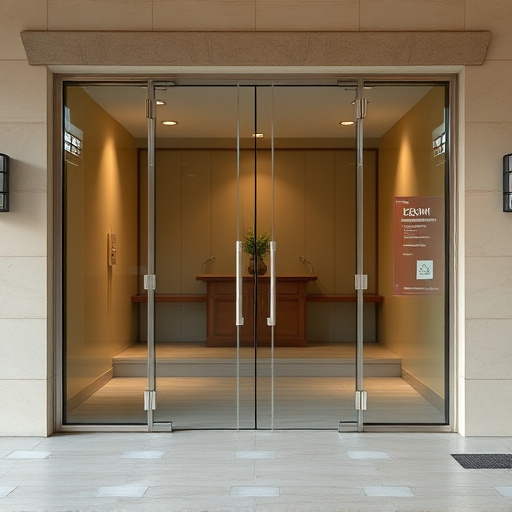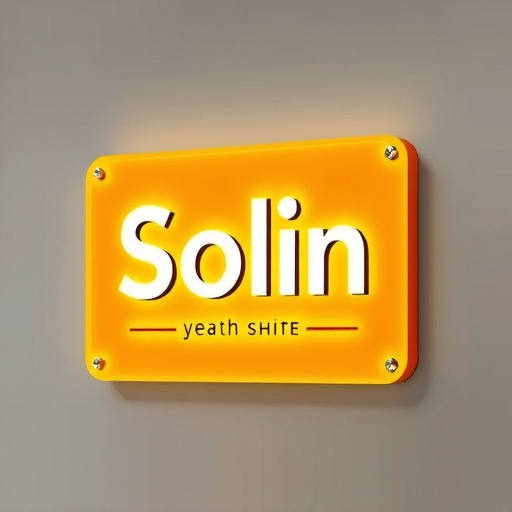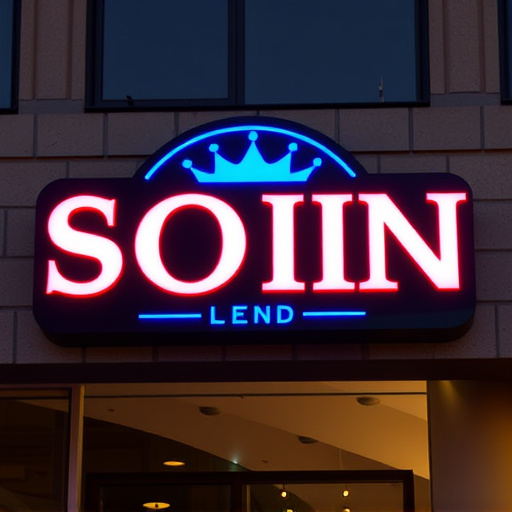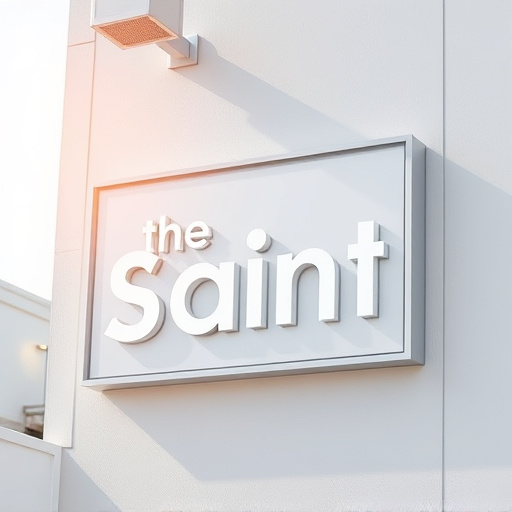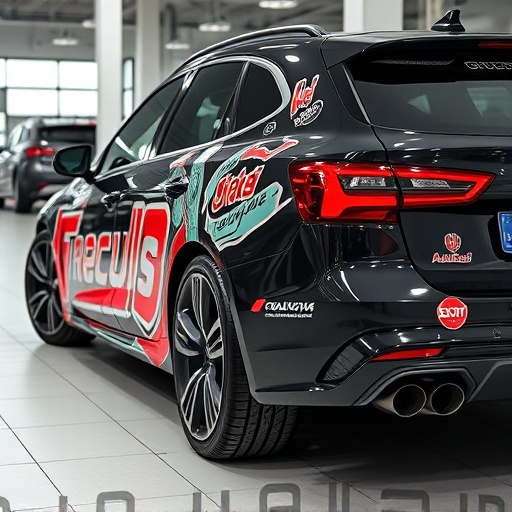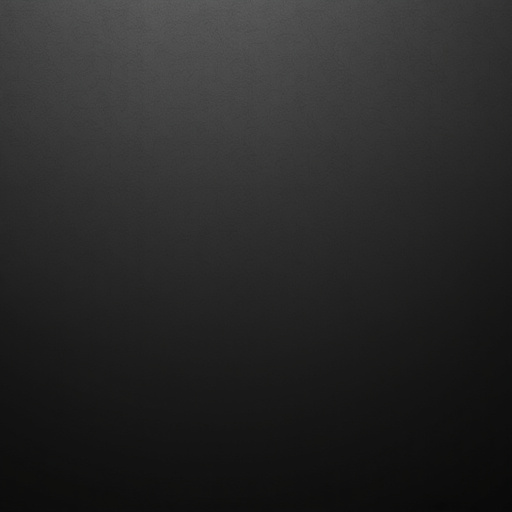Choosing the correct clear coat for your DIY restoration project is key to success, requiring consideration of material type and environmental factors. Proper surface preparation is vital to prevent defects, ensuring a smooth base for even clear coat application. Meticulous sanding and buffing steps are essential to create a rough surface for better adhesion and remove old protective coatings, leading to long-lasting, high-quality results in clear coat restoration.
“DIY clear coat restoration projects can transform old furniture or damaged wooden surfaces, but many enthusiasts make costly mistakes. This comprehensive guide aims to equip you with the knowledge to avoid common pitfalls. From selecting the wrong clear coat type to overlooking critical surface preparation, we’ll highlight these errors and provide solutions. By mastering sanding, buffing, and choosing the right products, you can achieve professional-looking results in your DIY ventures, ensuring a lasting, glossy finish.”
- Choosing the Wrong Type of Clear Coat
- Neglecting Surface Preparation Steps
- Skipping Sanding and Buffing Techniques
Choosing the Wrong Type of Clear Coat

Choosing the wrong type of clear coat can significantly hinder your DIY clear coat restoration project’s success. It’s essential to select a product tailored to the specific needs of your surface, whether it’s plastic, metal, or wood. Each material requires a clear coat designed to bond effectively and withstand environmental factors like UV exposure, heat, and moisture. Using the wrong clear coat might result in poor adhesion, premature fading, chipping, or a dull finish.
For instance, while some clear coats excel at protecting against heat rejection and window tinting applications, others are better suited for enhancing custom vehicle wraps. Understanding your project scope—including any additional treatments like window tinting or sun protection films—is crucial before selecting your clear coat to ensure optimal results and longevity of the restoration.
Neglecting Surface Preparation Steps

One of the most common mistakes in DIY clear coat restoration projects is neglecting the crucial surface preparation steps. Before applying any protective coating, like a ceramic coating or professional PPF installation, it’s essential to thoroughly clean and prepare the surface. This involves removing dirt, grease, and contaminants that can compromise the bond between the clear coat and the vehicle’s paintwork. Skipping this stage may result in an uneven finish, premature fading, and reduced protection for your car customization efforts.
Insufficient preparation can lead to bubbles, cracks, and other defects in the final clear coat layer. Proper surface preparation ensures a smooth base for application, allowing for even distribution of the clear coat. Remember that a well-prepared surface is half the battle won in achieving a professional-looking clear coat restoration—a crucial step to protect and enhance your vehicle’s exterior.
Skipping Sanding and Buffing Techniques

Many DIY enthusiasts attempt clear coat restoration projects with high hopes, but often find themselves frustrated by overlooking crucial steps like sanding and buffing. These techniques are vital to achieving a flawless finish, as they prepare the surface for the final application of clear coat. Skipping this stage can result in an uneven, patchy appearance, leaving your project looking far from professional.
Sanding serves to smooth out imperfections, remove old protective coatings like vinyl wraps or paint protection film (PPF), and create a rough surface that enhances adhesion. Following this initial step with careful buffing ensures the removal of any remaining debris and creates a perfect canvas for the clear coat to bond with. It’s a meticulous process, but one that professional PPF installations would recommend to ensure long-lasting results that match the quality of their work.
When undertaking DIY clear coat restoration projects, avoiding common pitfalls is key to achieving a professional finish. From selecting the unsuitable clear coat type to overlooking critical surface preparation, each mistake can impact the final result. Always remember the importance of thorough sanding and buffing techniques for a seamless, lasting repair. With the right approach and attention to detail, you can master the art of clear coat restoration, bringing new life to your cherished possessions.
